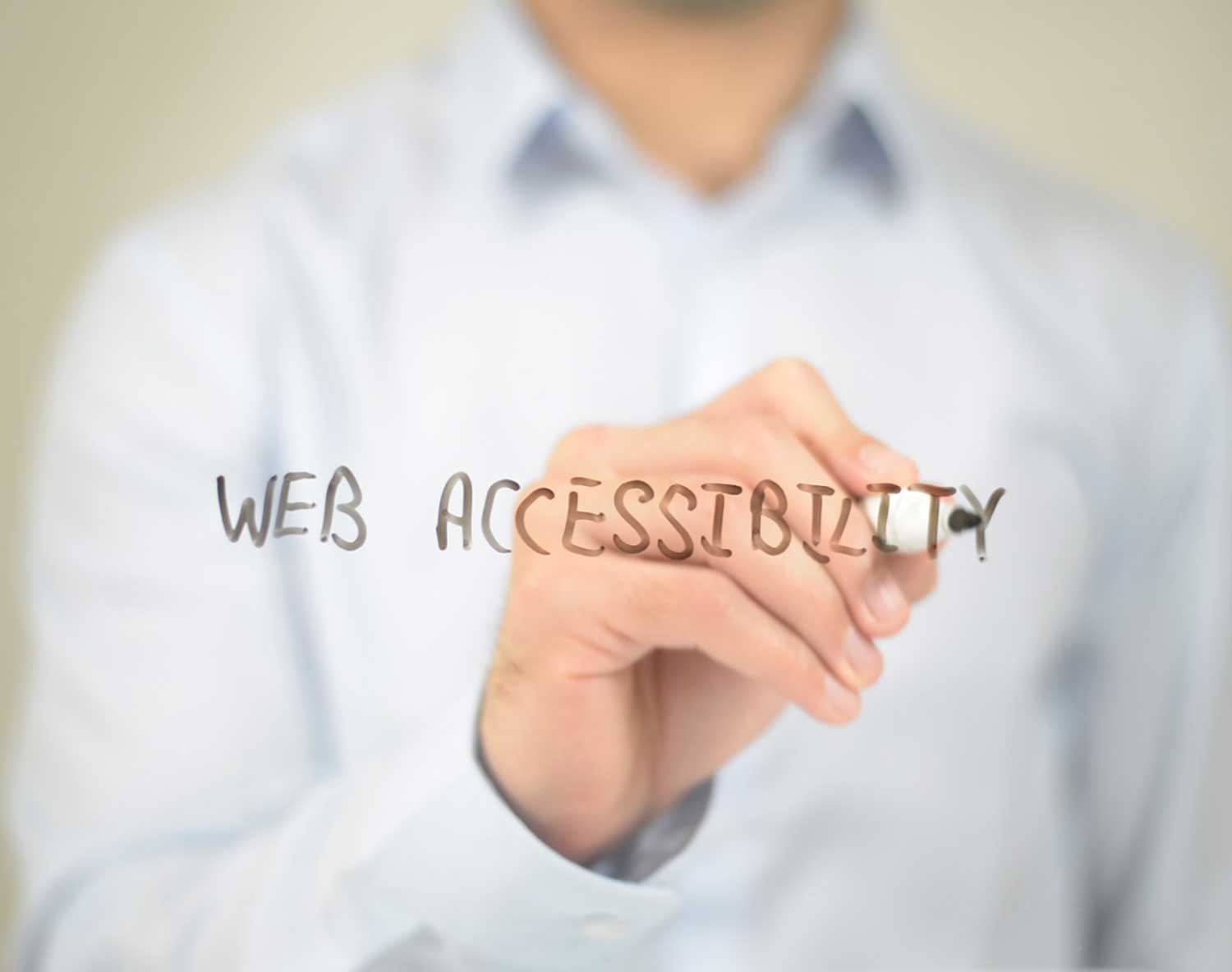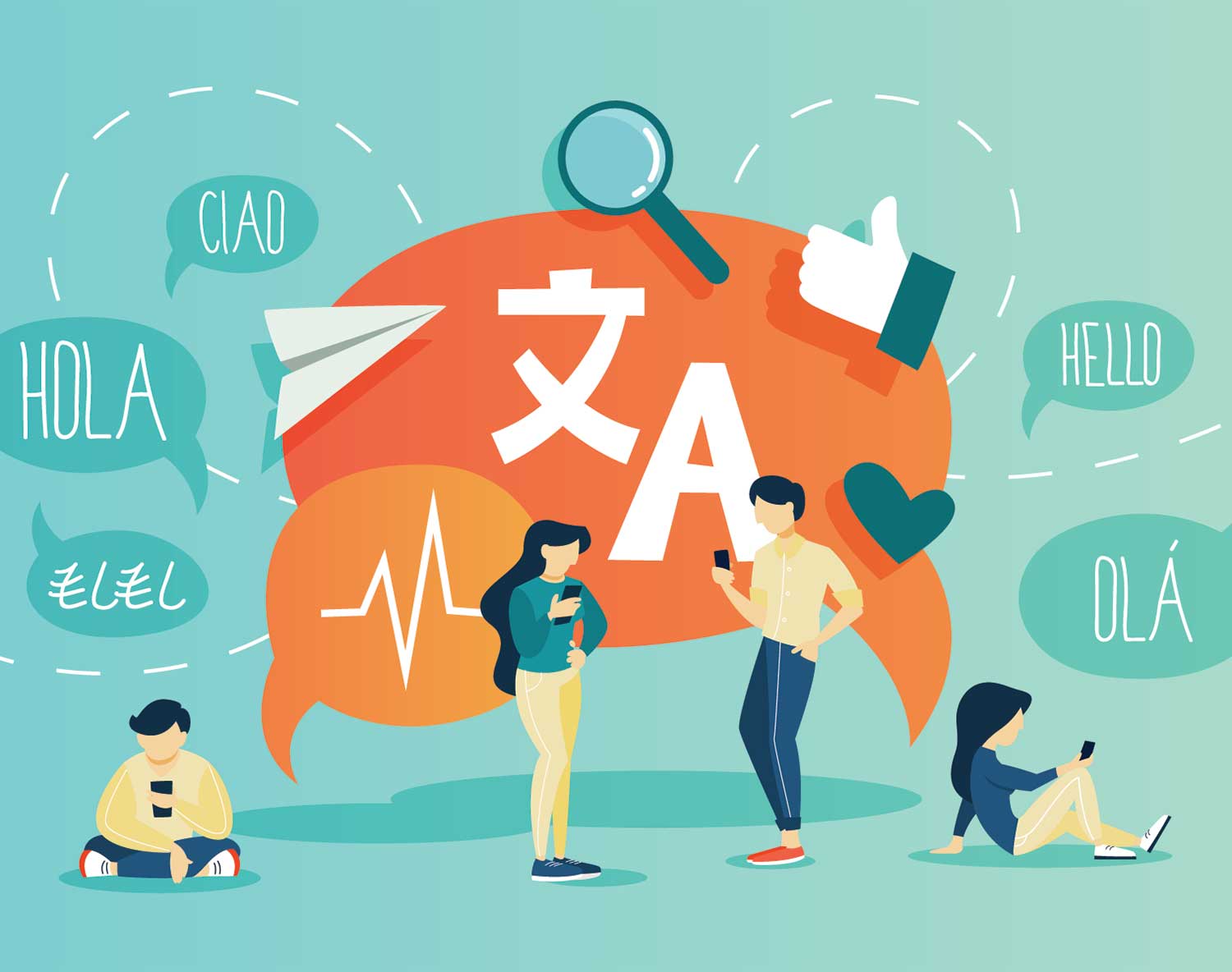In today’s digital age, designing websites that are accessible to all users is not only a best practice but also a legal and ethical responsibility. Accessible web design ensures that individuals with disabilities can effectively navigate, perceive, understand, and interact with websites, providing equal access to information and services. In this comprehensive guide, we will delve into the importance of accessible web design and provide practical tips and strategies to make your website more inclusive. By implementing these accessibility principles, you can enhance the user experience, reach a broader audience, and improve your website’s search engine optimization (SEO) performance.
Understanding Accessibility in Web Design
Accessibility in web design refers to the practice of creating websites that can be accessed and used by people with disabilities. Disabilities can include visual impairments, hearing impairments, motor disabilities, cognitive impairments, and more. The goal of accessible web design is to ensure that everyone, regardless of their abilities, can perceive, understand, navigate, and interact with your website.
To achieve accessibility, web designers must consider various factors. Perceivability involves making all content, such as text, images, videos, and audio, easily accessible to users. This includes providing alternative text (alt text) for images, captions and transcripts for audio and video content, and ensuring proper color contrast. Operability focuses on enabling users to navigate and interact with your website using different devices, assistive technologies, and input methods. Understandability entails designing clear and concise content that is easy to comprehend, avoiding complex language and jargon. Lastly, robustness involves building websites that are compatible with different web browsers, assistive technologies, and future technologies.
Benefits of Accessible Web Design
Creating an accessible website offers numerous benefits to both users and website owners. Let’s explore some of the key advantages:
- Improved User Experience: Accessible web design enhances the user experience for all visitors, regardless of their abilities. It ensures that everyone can access and understand the content, navigate seamlessly, and complete desired actions. Users with disabilities can effectively engage with your website, leading to increased satisfaction and engagement.
- Expanded Audience Reach: By making your website accessible, you tap into a larger audience, including individuals with disabilities. Approximately 15% of the world’s population lives with some form of disability, which represents a significant potential audience for your website. By considering their needs and providing inclusive design, you open the doors to new visitors, customers, or clients.
- Legal Compliance: Many countries have enacted laws and regulations that require websites to meet certain accessibility standards. For example, the Americans with Disabilities Act (ADA) in the United States and the Web Content Accessibility Guidelines (WCAG) provide guidelines and legal requirements for accessibility. By complying with these regulations, you not only avoid legal issues and potential penalties but also demonstrate your commitment to inclusivity and social responsibility.
- SEO Benefits: Accessible web design practices align with several SEO best practices. Search engines value websites that provide a positive user experience, and accessibility is a crucial aspect of that experience. By optimizing your website for accessibility, you improve its chances of ranking higher in search engine results. Additionally, accessible websites tend to have better site architecture, clean code, and faster loading times, all of which positively impact SEO.
Practical Tips for Designing an Accessible Website
To make your website more accessible and inclusive, consider implementing the following practical tips:
- Provide Alternative Text (Alt Text) for Images: Add descriptive alt text to images, allowing visually impaired users to understand the content of the images through screen readers.
- Create Clear and Consistent Navigation: Design intuitive navigation menus that are easy to understand and navigate. Use clear labels and logical organization to help users find the information they need efficiently. Consider implementing breadcrumb navigation and providing skip navigation links to improve accessibility.
- Enhance Readability: Ensure that your website’s text is readable for all users. Use appropriate font sizes and styles, with a sufficient contrast between the text and background colors. Avoid using small fonts or low contrast combinations that may make it difficult for users with visual impairments to read the content.
- Caption and Transcribe Audio and Video Content: Provide captions and transcripts for audio and video content. This allows users with hearing impairments or those who prefer reading to access the information presented in multimedia formats. Additionally, ensure that the media player on your website supports accessibility features, such as closed captions and screen reader compatibility.
- Design with Color Contrast in Mind: Choose color combinations that provide sufficient contrast between text and background elements. This helps users with visual impairments or color vision deficiencies read and distinguish content easily. Utilize online tools that can help you evaluate color contrast ratios and ensure compliance with accessibility standards.
- Make Forms Accessible: Design forms with accessibility in mind. Use clear labels, provide instructions, and ensure proper focus and keyboard navigation. Use HTML form elements and attributes to improve compatibility with assistive technologies. Implement validation and error messaging that is clearly communicated to users with disabilities.
- Keyboard Accessibility: Ensure that your website is fully navigable using only the keyboard. Some users with motor disabilities rely on keyboard navigation or alternative input devices. Test your website’s functionality using only the Tab key to navigate through interactive elements and ensure that all functionalities are accessible through keyboard interactions.
- Test with Assistive Technologies: Use assistive technologies such as screen readers, screen magnifiers, and voice recognition software to test the accessibility of your website. Understand how these tools interact with your website and address any issues that arise. Additionally, utilize online accessibility evaluation tools to identify and fix potential accessibility barriers.
- Provide Text Alternatives for Non-Text Content: Include descriptive text alternatives for non-text content such as images, infographics, and charts. This ensures that users with visual impairments or those who have disabled image loading can still understand the context and information being conveyed.
- Optimize Page Loading Speed: A fast-loading website benefits all users, including those with disabilities. Optimize your website’s performance by minimizing file sizes, leveraging browser caching, and utilizing content delivery networks (CDNs). A speedy website not only improves user experience but also helps users with limited bandwidth or slower internet connections.
- Ensure Responsiveness: Design your website to be responsive and adaptable to different screen sizes and devices. This ensures that users can access your website on various devices, including desktops, laptops, tablets, and mobile phones. Responsive design facilitates accessibility and improves user experience across different platforms.
Conclusion
Creating an accessible website is vital to ensure equal access and user experience for all visitors, regardless of their abilities. By incorporating the principles of accessible web design, you can improve user satisfaction, expand your audience reach, comply with legal requirements, and boost your website’s visibility in search engine rankings. Remember that accessibility is an ongoing process, and it’s essential to regularly evaluate and update your website to address any emerging accessibility issues. By embracing inclusivity and designing with accessibility in mind, you can create a more inclusive online environment and make a positive impact on the lives of people with disabilities. Here at Accodelades, we’ve helped countless people ensure that their websites were ADA compliant. Reach out today to see how we can help with your business website design.




